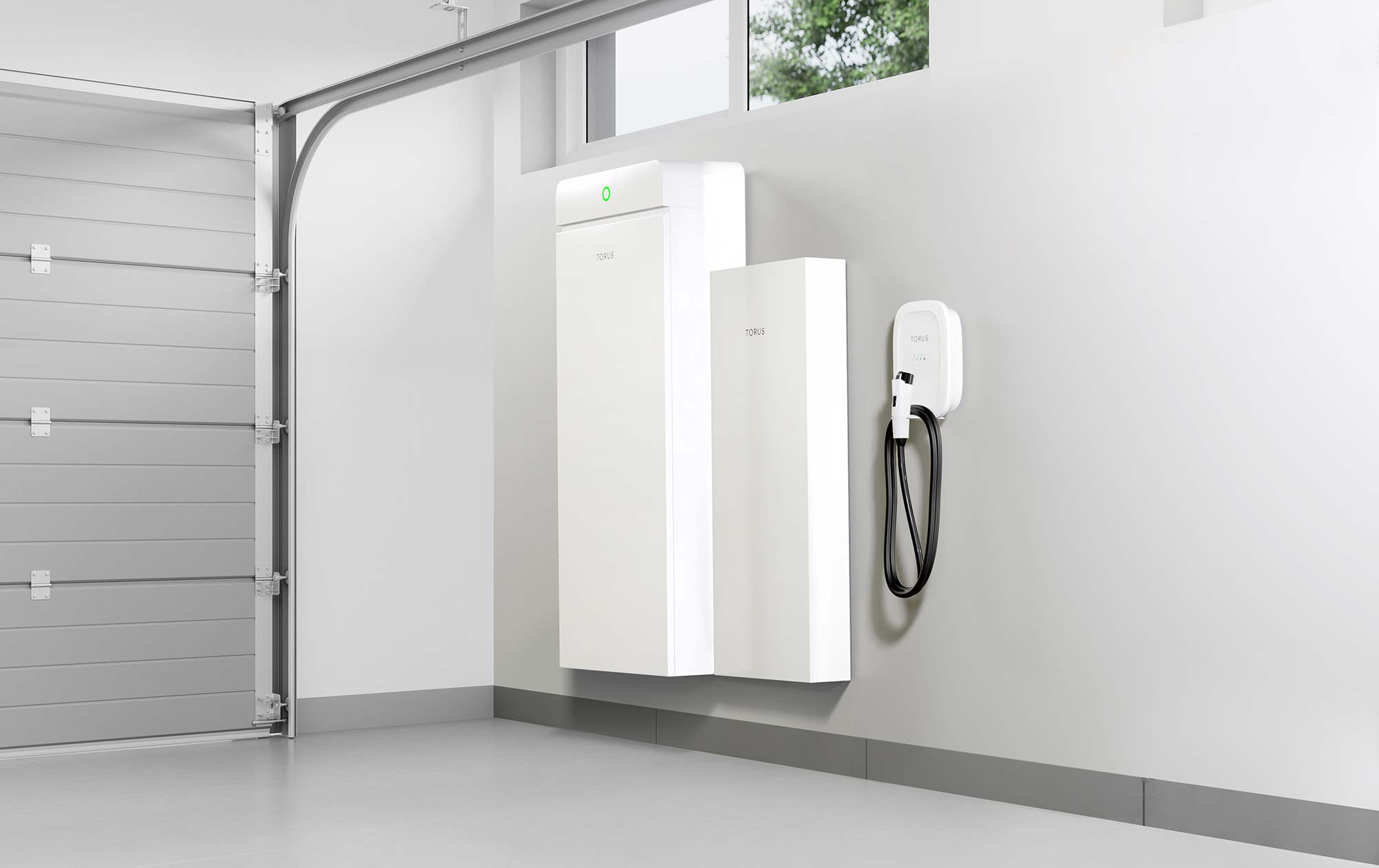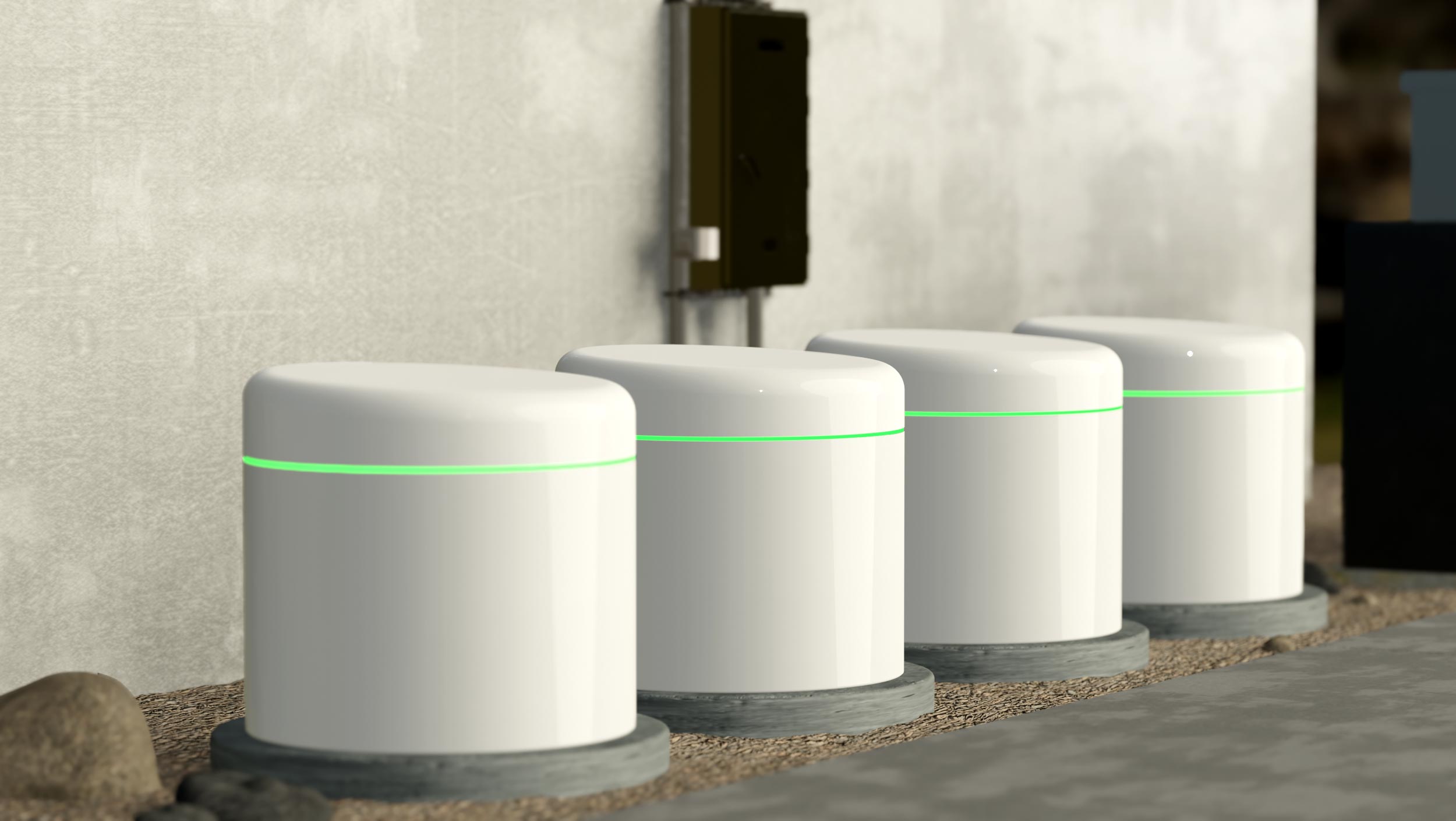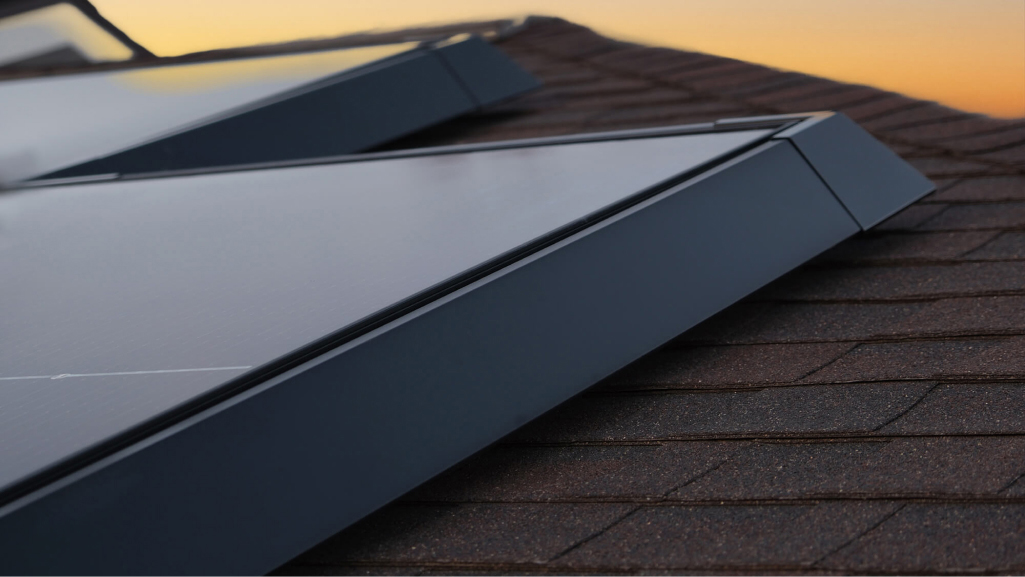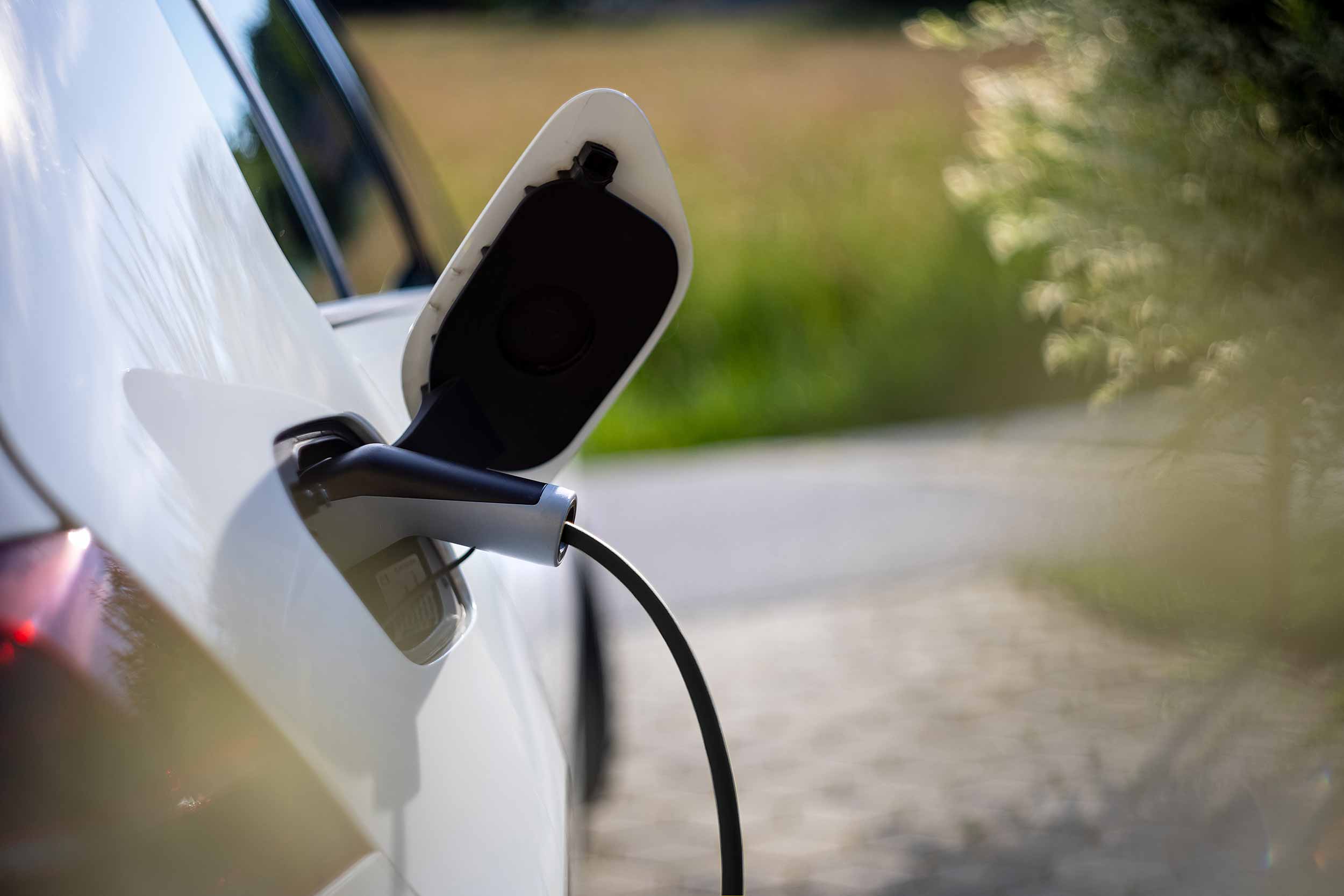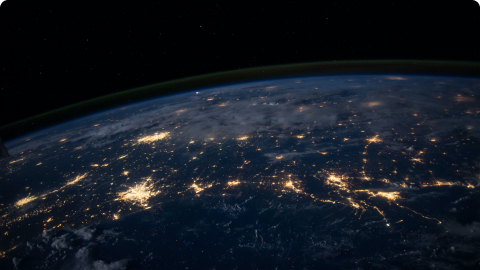What Are the Pros & Cons of Wind Energy?
Everything from clean energy to siting considerations
Wind energy has emerged as a significant player in the renewable energy sector, offering a sustainable and abundant source of power. With its increasing popularity, it is crucial to understand the advantages and challenges associated with wind energy. We’re diving into a few of them below.
Pros of Wind Energy:
- Clean and Renewable: Wind energy is a clean and renewable resource that generates electricity without emitting greenhouse gases or pollutants. By harnessing wind power, we can significantly reduce carbon emissions and mitigate the impact of climate change.
- Abundant and Sustainable: Wind is an abundant resource that is readily available in many regions worldwide. It offers a long-term and sustainable energy solution, as long as there are consistent wind patterns in a given area.
- Energy Independence: Wind energy promotes energy independence by diversifying the energy mix and reducing reliance on fossil fuels. It provides an opportunity for individuals, communities, and countries to generate their electricity and reduce dependence on external energy sources.
- Cost-Effective: Wind energy has experienced significant advancements and cost reductions over the years. The levelized cost of electricity (LCOE) for wind power has become increasingly competitive, making it an economically viable option for energy production.
- Job Creation and Economic Benefits: The advancement of the wind energy industry creates jobs and stimulates economic growth. The development, installation, operation, and maintenance of wind farms not only provide employment opportunities, but they contribute to local economies as well.
Challenges of Wind Energy:
- Intermittency and Variability: Wind energy is dependent on wind availability, making it intermittent and variable in nature. The wind does not blow consistently at all times, which can result in fluctuations in power output. This issue can be mitigated by combining wind energy with other renewable sources or by investing in an energy storage system.
- Visual and Noise Impact: Wind turbines, especially in large wind farms, can be visually and audibly noticeable. Some people consider them visually or audibly disruptive, particularly if that wind farm is located near residential areas. Proper siting and community engagement are essential to selecting a farm size and site that works for everyone.
- Land Use and Environmental Impact: Large-scale wind farms require significant land area, which can impact natural landscapes and ecosystems. Conducting thorough environmental assessments and engaging in responsible siting practices is crucial to minimize ecological disturbances and protect wildlife habitats.
- Bird and Bat Collisions: Wind turbines can pose a risk to birds and bats, particularly in migration routes or areas with high bird populations. However, proper siting and turbine design considerations, such as bird-friendly designs and curtailment during peak migration periods, can help mitigate these impacts.
- Initial Investment and Infrastructure: Building and installing wind turbines require a substantial upfront investment. The cost includes infrastructure development, grid connection, and maintenance, but with technological advancements and economies of scale, the cost of wind energy continues to decrease over time.
The Torus Station is the most effective way to create, store, and manage clean, renewable energy at home.
Curious? Learn More.
Interested in a free consultation? Get in Touch
Ready to commit? Customize your system
